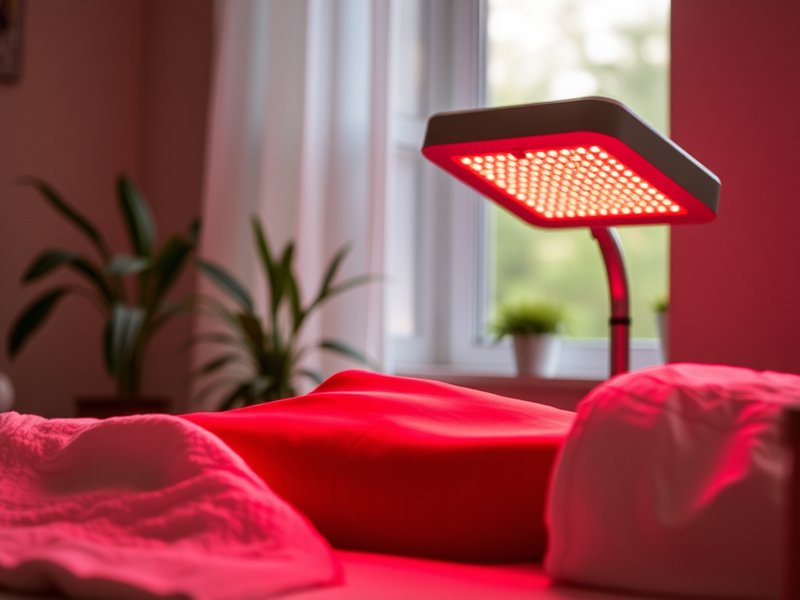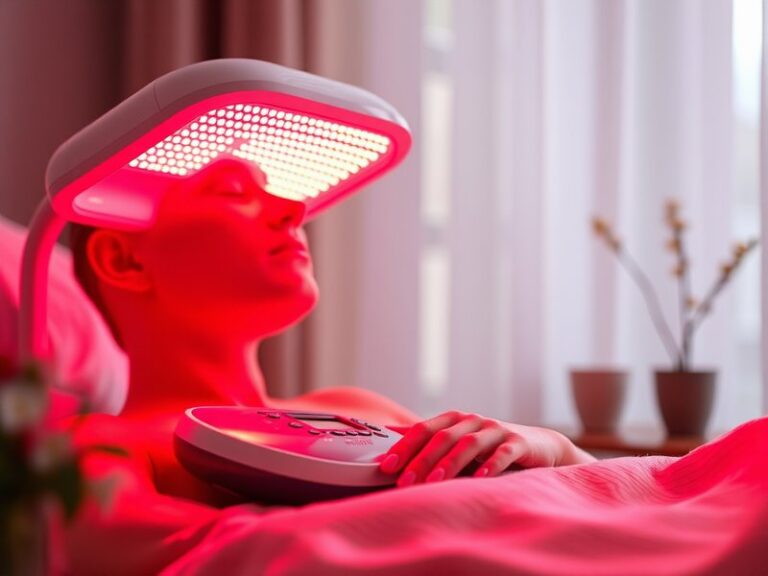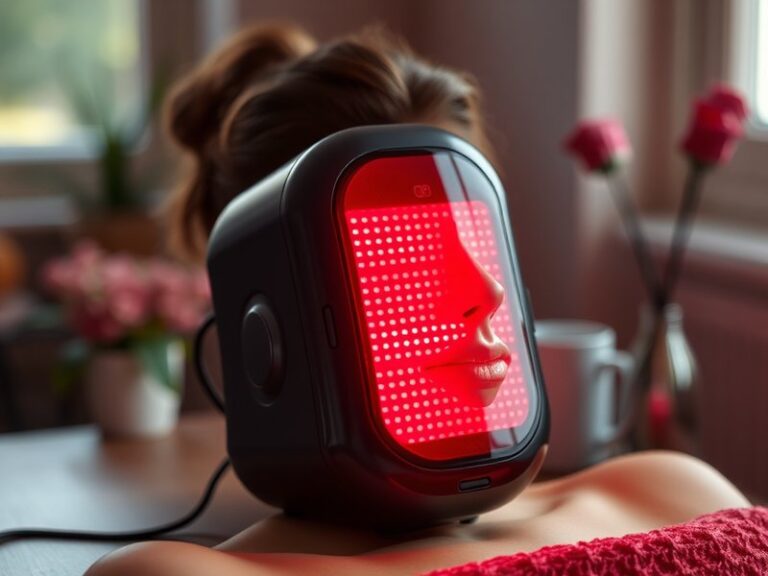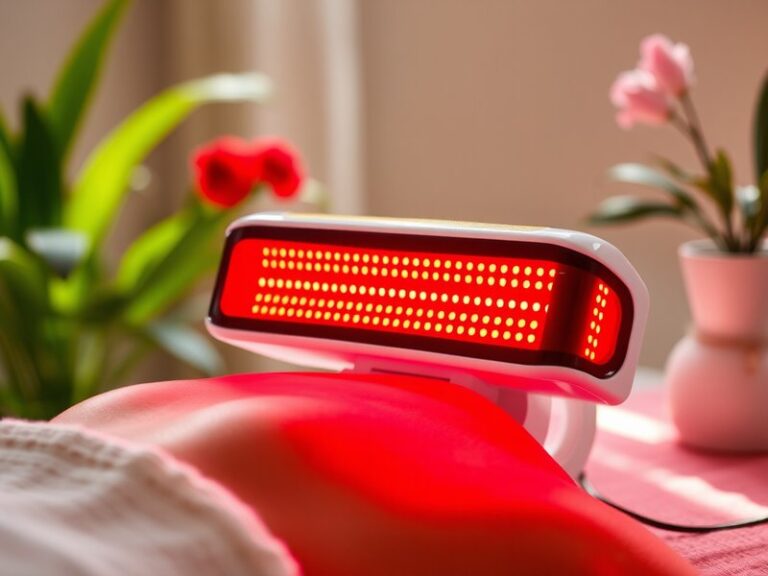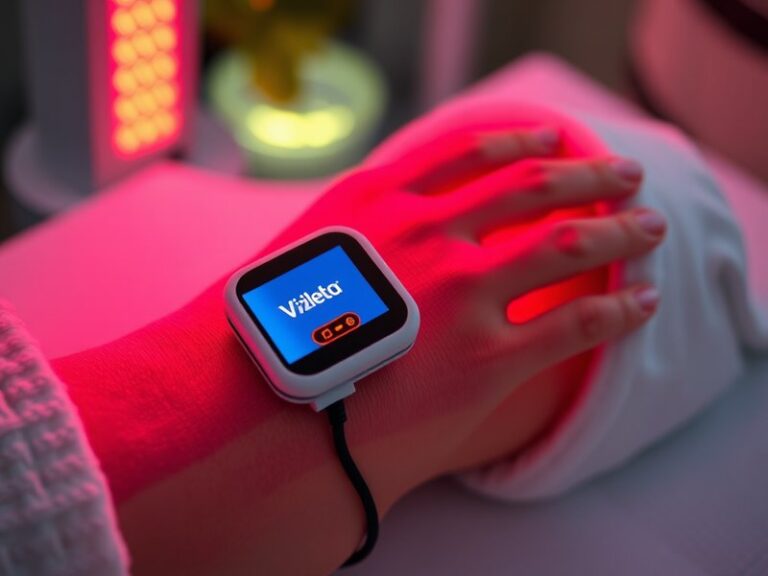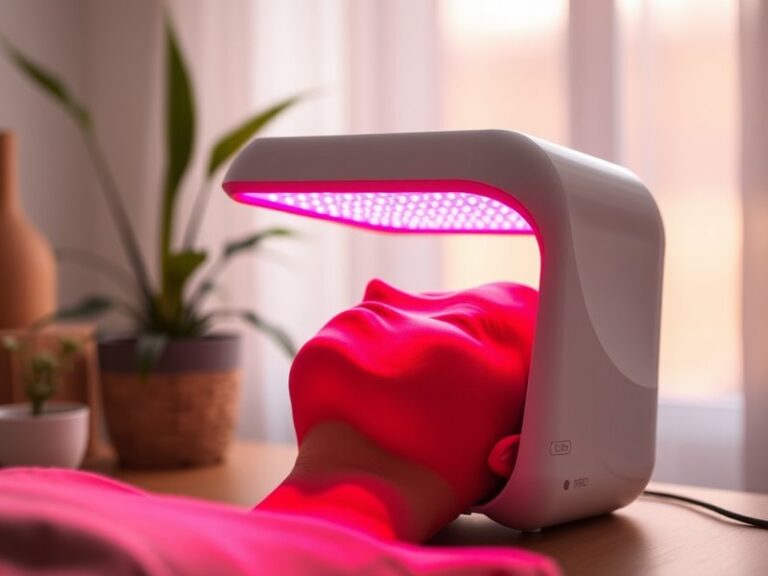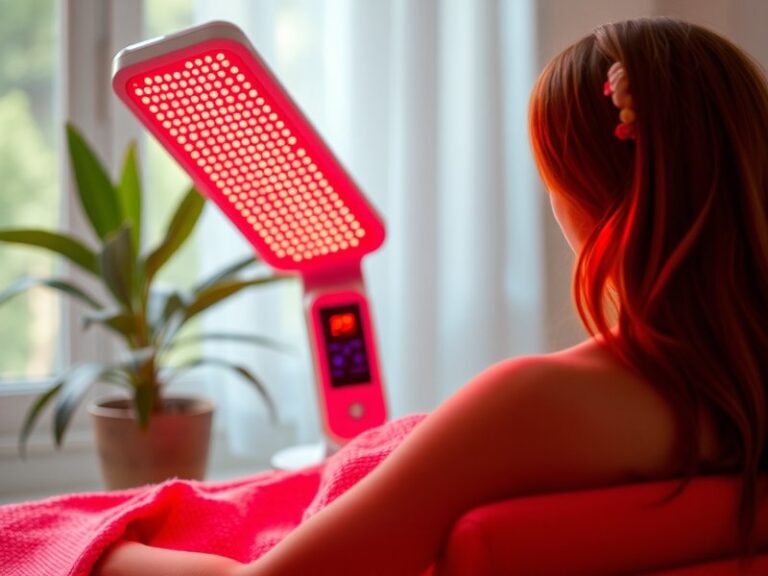Do At Home Red Light Therapy Work?
Do At Home Red Light Therapy Work?
Have you ever wondered if red light therapy could be a game-changer for your health and wellness at home? With the rise in popularity of at-home wellness gadgets, red light therapy devices are becoming a common fixture in many households.
This article will explore the effectiveness of at-home red light therapy, detailing its benefits, advantages, and potential alternatives. By the end, you will have a clearer picture of whether this treatment is a viable addition to your health routine.
Key Takeaways
- At-home red light therapy devices can provide benefits such as improved skin health and reduced inflammation.
- While many users report positive results, scientific evidence varies, so effects may differ from person to person.
- Considerations include device quality, treatment duration, and safety protocols.
What is Red Light Therapy?
Red light therapy (RLT) is a non-invasive treatment that uses specific wavelengths of light (typically red and near-infrared) to penetrate the skin and promote cellular regeneration. Originating in the medical field to treat skin conditions and enhance wound healing, red light therapy has gained traction for its potential benefits in skincare, muscle recovery, and even pain relief.
RLT works by stimulating mitochondria, the energy powerhouses of cells, promoting the production of adenosine triphosphate (ATP). This process supports various cellular functions, leading to enhanced metabolism and cellular repair. Devices used for RLT come in various forms, including handheld units, full-body panels, and face masks.
What are the Benefits of Red Light Therapy?
Red light therapy offers several advantages that have attracted users looking to enhance their wellness routines. Below are some key benefits.
Skin Health Improvement
One of the most noteworthy benefits of RLT is its ability to improve skin conditions. Users often report reductions in acne, wrinkles, and signs of aging. A study found that individuals using RLT experienced enhanced collagen production, which helps maintain skin elasticity and firmness.
Pain and Inflammation Relief
Red light therapy has shown promise in reducing pain and inflammation. Athletes, in particular, have used RLT to alleviate muscle soreness and speed up recovery times after workouts. Research suggests that RLT can effectively manage conditions like arthritis by minimizing joint inflammation and improving range of motion.
Enhanced Wound Healing
Another significant benefit is its role in enhancing wound healing. RLT has been seen to accelerate tissue repair and promote healing in cuts, bruises, and surgical wounds. This is especially beneficial for individuals recovering after surgeries or those with chronic wounds that are difficult to heal.
Improved Mood and Sleep Quality
Some users have reported improved mood and sleep quality following RLT sessions. This could be attributed to the therapy’s influence on melatonin production and the reduction of stress levels, contributing to overall well-being.
Is it Possible to Use Red Light Therapy at Home?
Yes, it is entirely feasible to use red light therapy at home with the appropriate devices. Many companies now offer affordable and user-friendly options for consumers, making it accessible to a broader audience. However, it’s crucial to understand the effectiveness of these devices compared to professional treatments.
What are the Advantages of At-Home Red Light Therapy?
Utilizing red light therapy devices at home presents several advantages.
Get all the info in Can Red Light Therapy Treat Migraines?
Convenience and Accessibility
At-home devices provide the flexibility to incorporate RLT into your daily routine without appointments or travel. Users can schedule sessions based on personal preferences, leading to consistent use.
Cost-Effectiveness
Over time, at-home devices can be more affordable than regular visits to clinics, especially for those who plan to use RLT frequently. This makes it a cost-effective option for ongoing care.
Privacy and Comfort
Receiving therapies in the comfort of one’s home allows for a more relaxed environment. Users can take their time, tailor the experience, and address any personal preferences without feeling rushed.
What are the Disadvantages of At-Home Red Light Therapy?
While at-home RLT has many benefits, it is essential to recognize its potential drawbacks as well.
Variable Device Quality
Not all devices on the market are equally effective. Some may not emit the correct wavelengths or have lower energy output, which can affect results. It’s crucial to research and select high-quality, clinically-backed devices.
Lack of Professional Guidance
Using RLT at home means users might miss out on professional assessments, which could help tailor treatments to individual needs. Without guidance, users might not maximize the potential benefits.
Committing Time and Effort
Although RLT sessions are generally short, users must still commit time regularly to see results. This consistency can be challenging for those with busy schedules.
What are the Things to Consider Before Using At-Home Red Light Therapy?
Before starting a red light therapy regimen at home, there are several important factors to keep in mind.
Device Quality and Specifications
Ensure the device is FDA-cleared and emits the proper wavelengths for effective treatment. Reviews and studies regarding the device’s efficacy can guide your choice.
Health Conditions and Skin Sensitivity
Individuals with certain health conditions, such as lupus or those taking photosensitive medications, should consult healthcare providers before starting RLT. Additionally, people with sensitive skin may need to test devices cautiously.
Consistency of Use
To achieve the desired benefits, consistent use is paramount. This consistency can require planning and dedication, so it’s important to incorporate it seamlessly into your routine.
What are the Alternatives to At-Home Red Light Therapy?
If you’re considering your options, there are alternative therapies worth exploring.
Professional LED Light Therapy
Professional sessions offer tailored treatments with more powerful devices and expert guidance. This option can yield quicker and more noticeable results for some individuals.
Cold Laser Therapy
Cold laser therapy uses low-level lasers (similar to red light therapy) for pain relief and tissue healing, targeting a specific area and working at a cellular level. It can be performed in clinical settings, offering a specialized approach.
Topical Treatments
For skin concerns, there are topical treatments that can also improve skin health. Products infused with antioxidants or retinoids can provide significant benefits without the need for light therapy.
Conclusion: Is it Recommended to Use At-Home Red Light Therapy?
At-home red light therapy can be an effective addition to your wellness regimen, offering benefits such as improved skin health, pain relief, and enhanced healing. However, the effectiveness of these devices can vary, and it is vital to choose equipment wisely and maintain consistent use. Consulting with a healthcare professional, especially if you have underlying health conditions, can further optimize results.
Frequently Asked Questions
Does red light therapy have any side effects?
Most users tolerate red light therapy well, with minimal side effects. However, there may be a risk of skin irritation or sensitivity for some.
How long does it take to see results from red light therapy?
Results can vary based on individual factors and the condition being treated. Many users report improvements within a few weeks, while others may take longer.
How often should I use a red light therapy device?
Regular use is essential for effectiveness. Most recommendations suggest using the device 3-5 times a week, but it can vary depending on the specific device and your health goals.
Can I use red light therapy on all skin types?
Red light therapy is generally safe, but individuals with specific skin conditions should consult with a professional to ensure suitability.
For more insights, see Cost of Red Light Therapy Sessions?
Are there any contraindications for using red light therapy?
Yes, individuals on photosensitive medications or with certain conditions like epilepsy should seek medical advice before using RLT to avoid complications.
